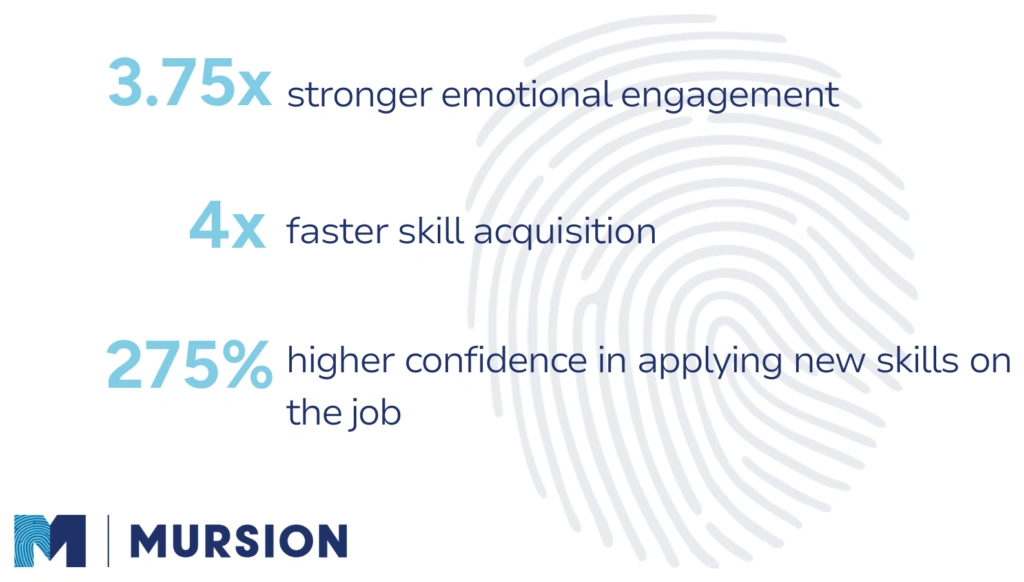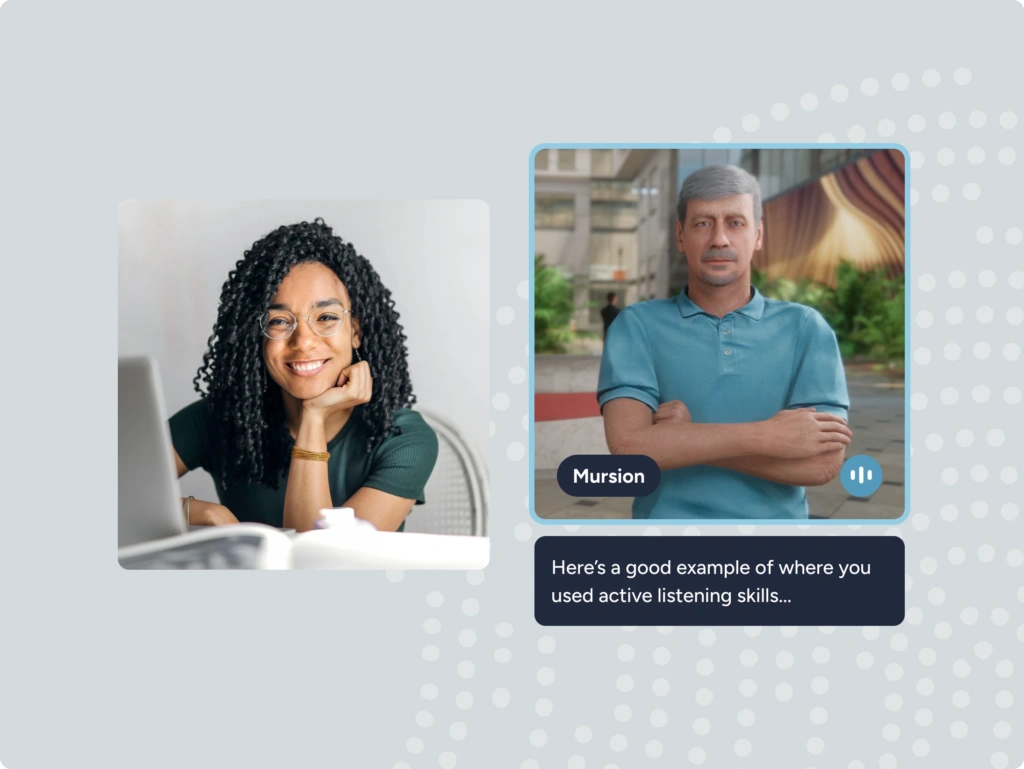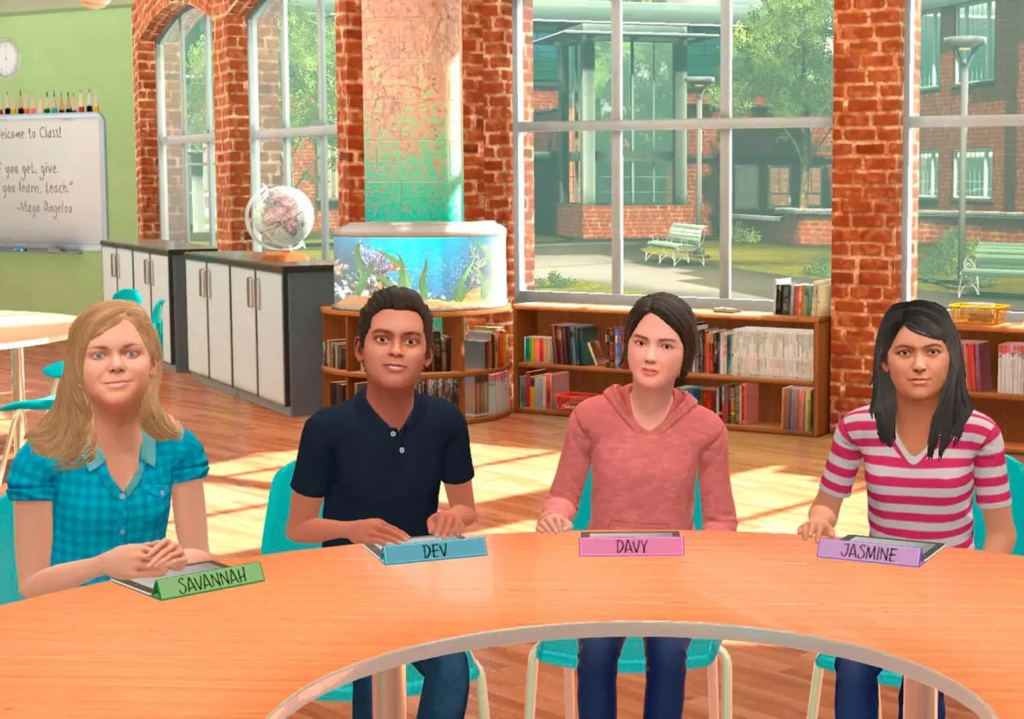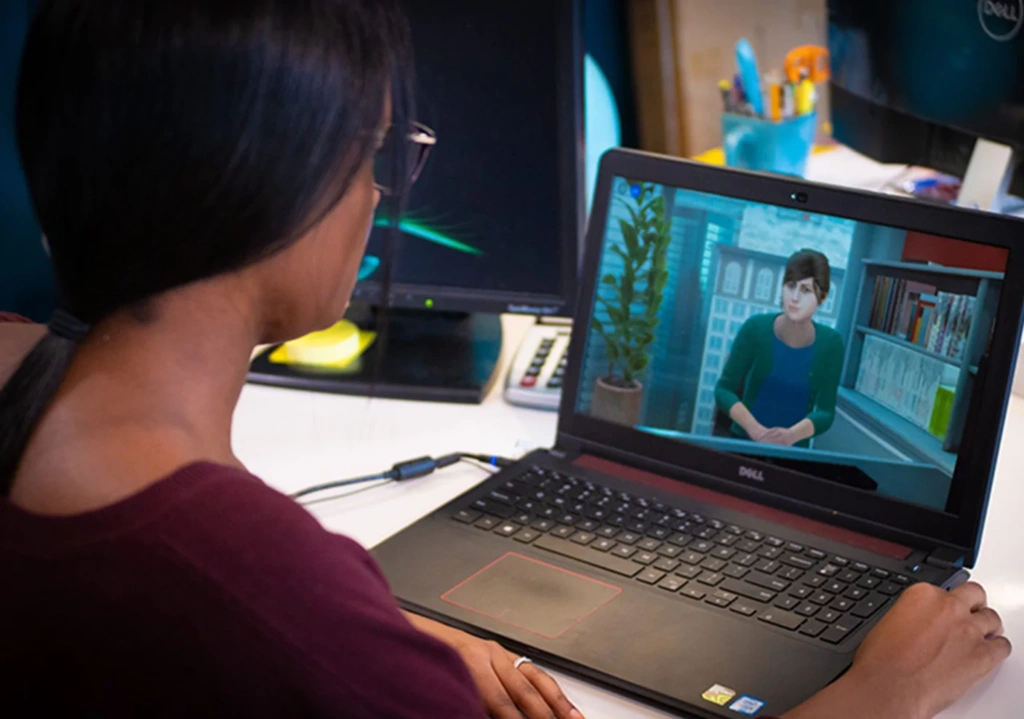Organizations spend over $200 billion annually on employee training. But despite the scale of this investment, the outcomes of skill development initiatives often don’t live up to expectations.
Why?
Because most training still doesn’t align with how people actually learn and build skills.
Studies show that people forget up to 50% of training within an hour, and up to 70% by the next day. That means companies are pouring resources into learning and development programs that rarely translate to on-the-job performance.
And the consequences reach far beyond lost investment:
- 32% of customers leave after just one bad interaction
- 70% of medical errors are tied to communication breakdowns
- 57% of employees quit because of poor management
These aren’t learning gaps—they’re capability gaps.
The Problem: A Mismatch Between Training Design and Skill Development
Most traditional training programs are built around content delivery, not skill-building. That may be fine for compliance training—but when it comes to interpersonal skills like leadership, communication, and empathy, content alone isn’t enough.
What’s missing?
- Dedicated space to practice
- Actionable feedback and reinforcement
- A clear path to apply skills in real workplace settings
Without those elements, learning rarely sticks. People revert to old habits. Confidence stays low. And behavior doesn’t change.
What the Science Tells Us
We’ve known for decades what drives true skill development. Research consistently points to three key ingredients:
- Deliberate Practice: Meta-analyses show that structured practice accounts for up to 61% of performance variation
- Immediate Feedback: Timely, specific feedback accelerates behavior change
- Support and Coaching: Guided opportunities to apply new skills ensure faster application on-the-job
In other words: people need realistic, supported practice to build real-world capability.
The problem? Until recently, creating those conditions—especially at scale—has been expensive and operationally challenging.
A New Era for Skill Development
Advances in virtual reality (VR) and simulation-based learning have changed the game for skill development. We now have the tools to deliver immersive, high-fidelity practice environments that are scalable, measurable, and grounded in the science of behavior change.
Consider this:
Research from PwC found that learners in VR-based programs experienced:

How Mursion Bridges the Gap
At Mursion, we’ve taken this science and made it scalable. Our approach to skill development combines virtual simulation technology with expert human coaching to create learning experiences that are deeply engaging and behaviorally effective.
Here’s how it works:
- Structured, multi-modal scenarios targeting the most critical interpersonal skills
- Immediate, tailored feedback that helps you improve each time you practice
- A risk-free environment that encourages experimentation without business risk
- Clear benchmarks tied to performance and growth
And it works—fast.
Organizations using Mursion report measurable performance improvements after just 2–4 sessions. The more sessions completed, the more behavior change is observed—proving that skill development is directly tied to deliberate, repeated practice.
Real-World Results
This approach is already transforming capability development across industries:
- Customer service teams are reaching proficiency within weeks—not months
- Healthcare professionals are improving communication and patient outcomes
- Leaders are strengthening their decision-making, empathy, and executive presence
For example, H&R Block used Mursion to prepare employees for high-stakes customer conversations before tax season—saving 4,100 processing hours and accelerating learning outcomes across the organization.
The Bottom Line
The science is clear. Skills are built through structured practice. Feedback and reinforcement drive behavior change. Application and coaching ensure skills stick.
The technology is here. Virtual simulations now provide a scalable, cost-effective way to build human skills with precision and impact.
And the opportunity is now. Organizations that prioritize practice-based learning will have a workforce that’s not only more confident—but more capable and future-ready.
With Mursion, you can implement what the science already tells us. Are you ready to:
- Create safe spaces for deliberate practice
- Build critical skills faster—without operational risk
- Track real behavior change, not just participation rates
Because when your people have the chance to practice, your business gets better. Request a demo today.



